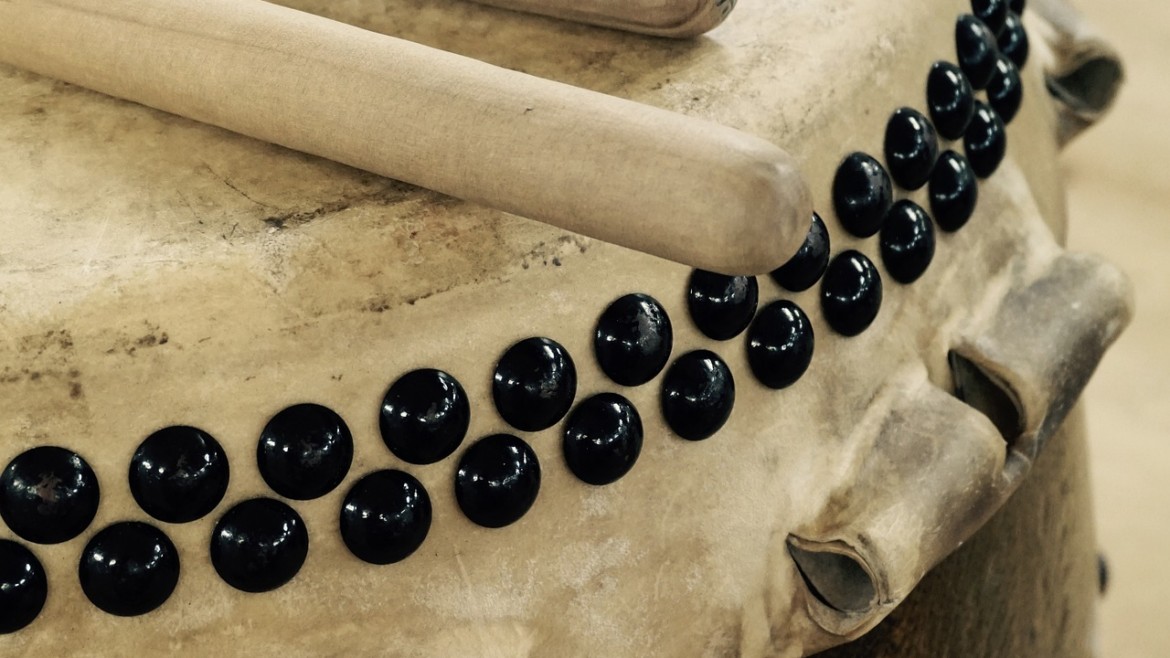There are various types of taiko drums in Japanese traditional music. Taiko drums are percussion instruments that produce sound by vibrating the skins stretched over wooden bodies. Taiko drums have been used for rituals and performing arts such as festivals, kabuki, and noh. Taiko drums are classified by their structure, size, and playing method, but they can be broadly divided into three types: nagado-daiko (miya-daiko), oke-daiko, and tsukeshime-daiko.
Nagado-daiko are long-bodied drums with skins on both sides, used for festivals and gagaku music. Oke-daiko are barrel-shaped drums with skins on both sides, used for noh and kabuki. Tsukeshime-daiko are short-bodied drums with a skin on one side, which can change the pitch by adjusting the tension.
In post-war Japan, taiko drums created an independent culture from traditional music. In 1951, when Suwa Taiko was restored, a kumi-daiko style of playing with multiple drums was devised. Taiko drums were showcased at the Tokyo Olympics in 1964 and the Osaka Expo in 1970, and became used for various events. Since the 1970s, creative taiko groups emerged, and taiko drums spread both domestically and internationally.
Taiko drums are percussion instruments that evolved from Japanese traditional music, but in modern times, new ways of expression and playing styles have been born. Taiko drums are also popular as a symbol of Japanese culture.



Leave a review